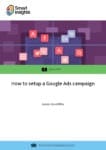Is Google's AI and Machine Learning intelligent enough to deliver Smart Campaigns that gain results?
Did you manage to watch Google's Marketing Live Keynote speech? The Smart Insights office had some mixed opinions about Google's "new products" and whether or not, Google's Marketing Platform does, in fact, live up to marketers' expectations of delivering ads, or whether it's the same features as before, but in one place under a new name.
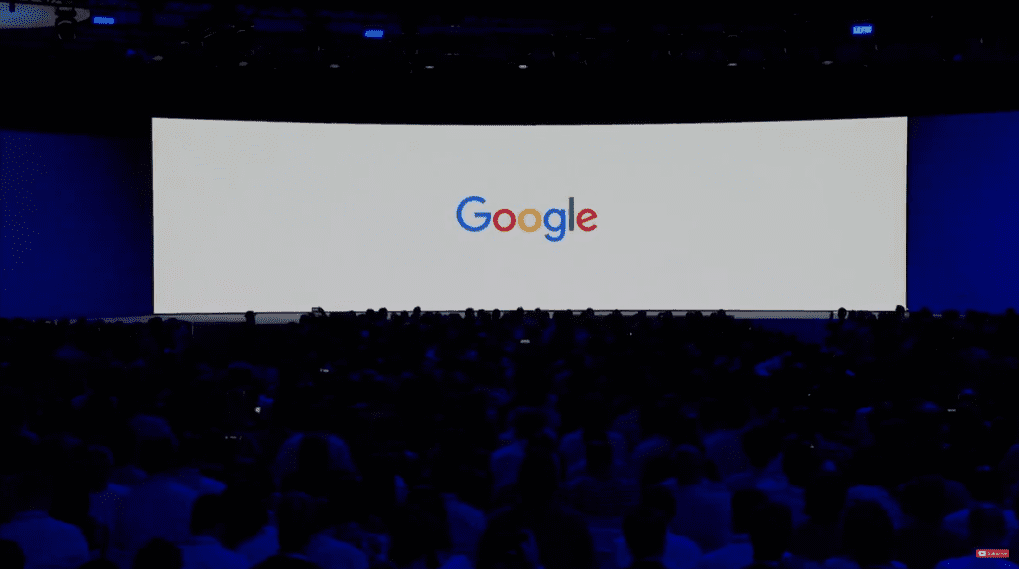
Sridhar Ramaswamy, Senior Vice President for Ads, introduced the keynote with a striking message:
"Advertising that works for everyone"
This has never been more important than it is today. Not only do we, as marketers, need to be better with how we create and target our ads, we need to be creating ads that consumers can trust. It should be advertising that works for everyone: Advertising at its best always puts people first.
How to set up a Google Ads campaign
When used correctly, Google Ads (previously known as Google AdWords) is an excellent way of driving potential customers to your website. Learn how to set up your first Google Ads campaign correctly.
Access the How to set up a Google Ads campaign quick win
Valuable, Transparent, Trustworthy
These three core values were repeated throughout the talks. All ads should be, valuable to the consumer, transparent and trustworthy. Consumers are now, more than ever, serious about keeping their personal data safe.
What does valuable advertising look like?
Every ad a business creates should be valuable to its target audience and every consumer that sees it should instantly feel like the ad answers their needs.
Ads should add value, but what do we mean by valuable ads? Every ad should be based on its context etc. For example, on mobile search users are more likely to type a search query that needs immediate attention, on the go and in the moment. The search term "things to do tonight" has almost doubled, according to Sridhar Ramaswamy. The "near me" search is also evolving as users are constantly trying to find and discover specific things they need, where they are, in a specific moment.
Essentially, search and ads via search have become "on-demand" - users want to get the answer they need quicker and simpler than ever before. Clickthrough rate data also shows that users place massive trust in Google when they need answers, opting to click the 1st, 2nd or 3rd ad.
Understanding and satisfying user intent with quick answers has always been important. However, because of mobile and machine learning, users now want meaningful assistance. Which is why Google is now emphasizing the need to understand and figure out users needs / anticipate what they need at that moment, what they need from ads in order to get things done, save time and save money. This is seen with added ad feature such as images (shopping), reviews, pricing etc.
"People don't see the value in advertising if they don't feel valued by advertising"
Transparency in ads
Consumers are aware of how their data is being used and want more control, they get more irritated when they see irrelevant or annoying ads.

Users can control their data and opt out of personalized ads by viewing it, downloading it, or deleting it.
Whats new with Google?
There were a few products shown in the keynote speech, including some new advancements with YouTube and Video Marketing, Smart Campaigns, Smart Shopping Campaigns, Local Campaigns, Hotel Campaigns (all using their AI and Machine Learning) and some brand changes, Google AdWords now Becomes Google Ads and Double Click and Google Analytics 360 suite becomes Google Marketing Platform.
Other than being simpler to use, what are the benefits of these new campaigns?
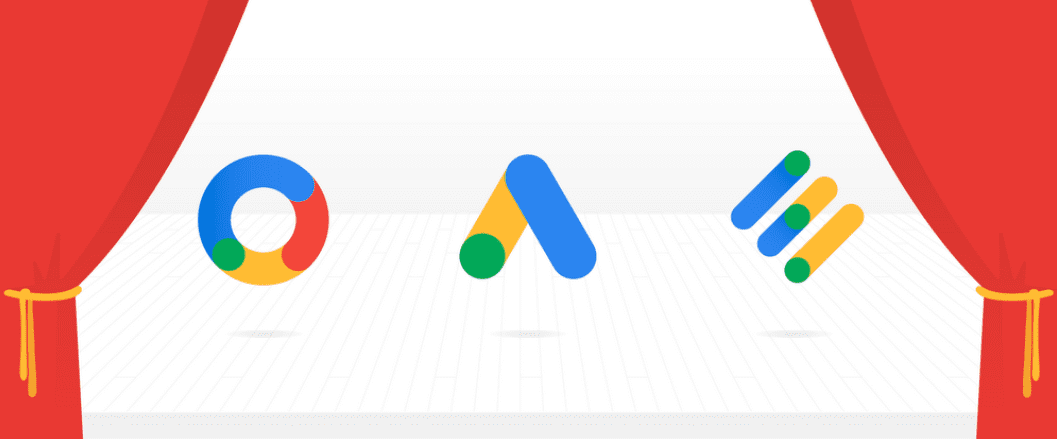
Google AdWords => Google Ads
My initial thought when I saw their announcement at the end of June was "is this just a rebranding? Are they going to offer anything more?"
Google Ads gives the full range of ads that they offer in a simpler and cohesive way to buy ads across the Google networks. Rather than all your campaigns being in different places, they've brought it all together to help marketers manage and optimize their ad results.
Google Marketing Platform
Google Marketing platform combines Double Click and Google Analytics 360 suite to help plan, buy, manage, and manage activity all in one place. This gives marketers transparency and choice over the media they buy and how they measure it. It also supports over 100 integrations.
"Consumers have never been so hard to please and marketers have never had as many opportunities to please them"
Essentially, with the rebrand bringing together Google's Advertising products together they state it should help marketers get better results, with simpler experiences and stronger collaborations.
Responsive Search Ads
Anthony Chavez, Product Management Director, Google Ads announced Google will be rolling out responsive search ads within the next few months for all advertisers. Responsive ads are great for advertisers with little knowledge or experience working with ads as it will give more real estate on SERPs but ultimately hands control over to Google's AI and algorithm when creating ads for business campaigns.
These are flexible ads, that simplify the ad creation and testing process - powered by machine learning. It mixes and matches multiple lines and descriptions to create the best ads to customers. But how does it work?
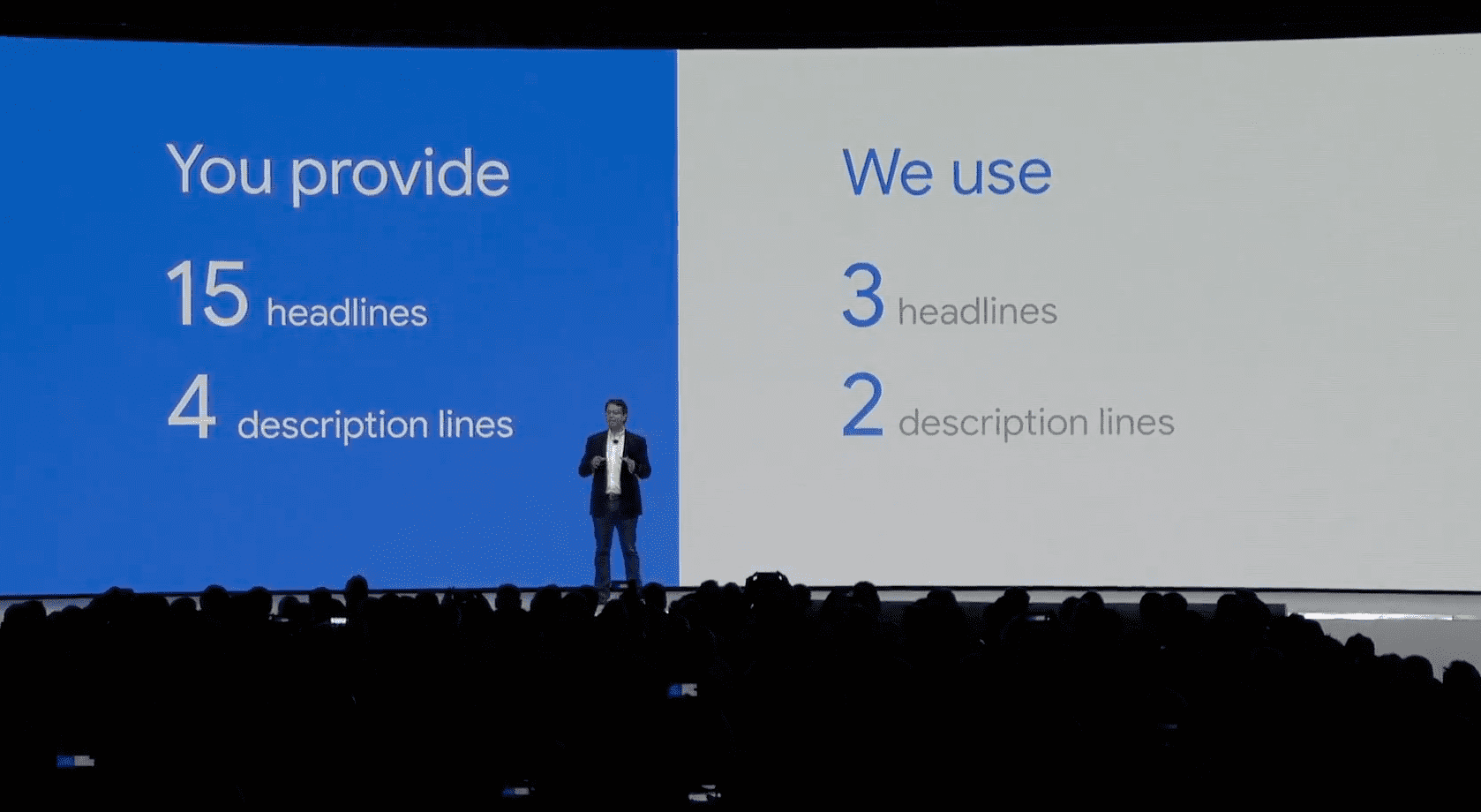
Responsive search ads can display up to three headlines and two 90 character descriptions. This is an increase of 90% compared to most of today's search ads! They will be available to english language advertisers in the next few months.
Mobile landing pages
Many times have we found that mobile ad experiences fall short of consumer expectations, with 50% of smartphone consumers say they would not make a purchase if a site takes too long to load. Even the best ads may not perform if landing pages are slow and not up to par.
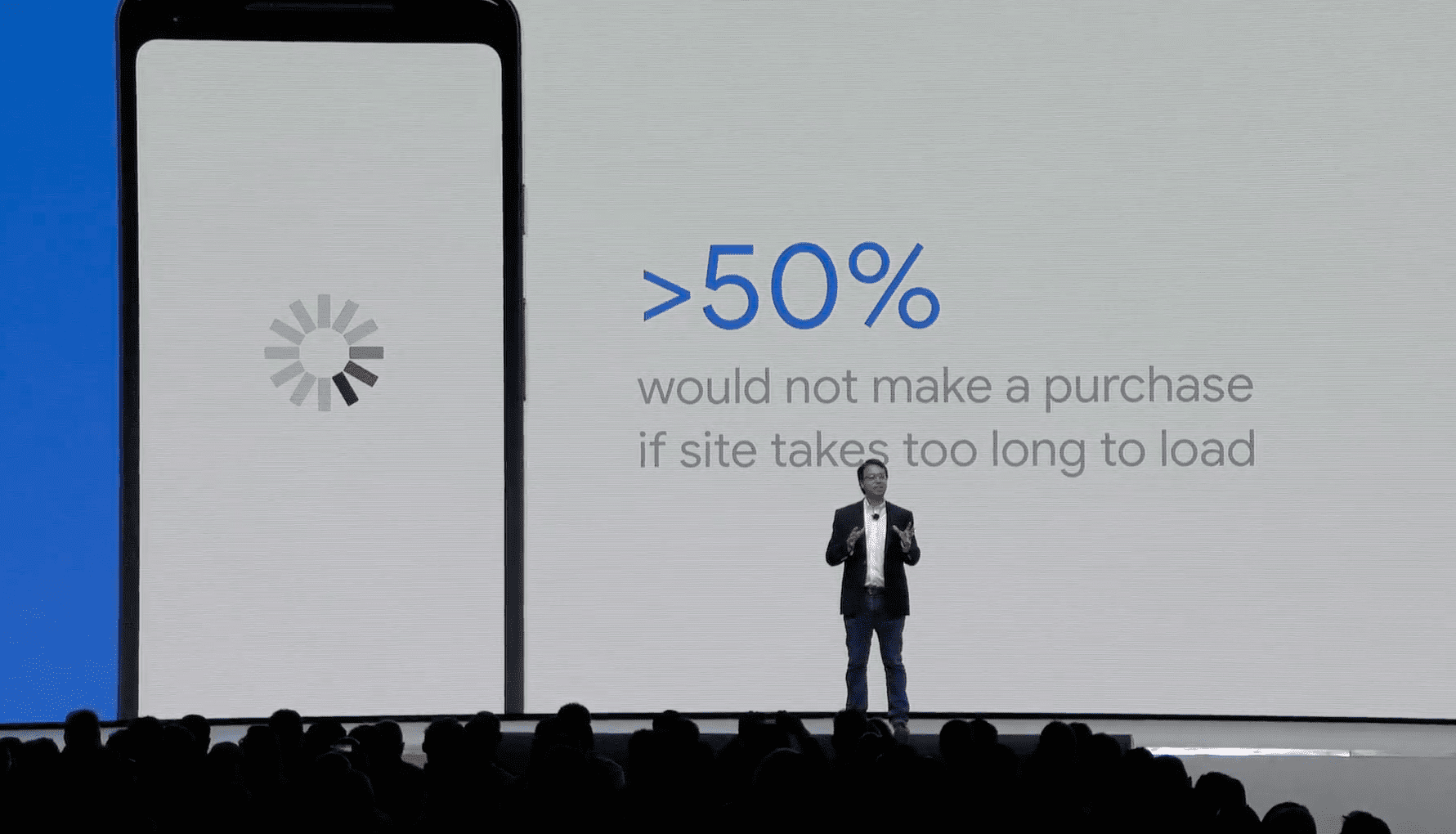
Therefore, mobile landing page speed is important!
Introducing Google's new Landing Page Speed Score. They have begun rolling this new column out in the landing pages page in Google Ads, that feature the new mobile speed score.
The new speed score ranges on a ten-point scale (extremely slow to extremely fast). This is based on multiple factors, including your page speed and your potential conversion rate. personally, I am very excited for this change as we, as marketers, will be able to take control over page speed and see, ourselves, the pages that are not ideal for user experience on mobile and prioritize pages that need work. Even better, the data is updated daily!
It's a given that to improve mobile site speed, companies should be adopting AMP (accelerated mobile pages), if you haven't already you really should consider this in your next 90, if not 30, day plan to dramatically improve your search results.
Cross-device reporting and remarketing in Google Analytics
You read that correctly! Yes, Cross-device reporting!
This combines data from users that use your site across different devices. This will give marketers a consolidated view of how users spend time on your site, no matter the device they use. However, this only displayed aggregated data from users that agree to share it. This will help marketers link moments together and reveal trends and insights, to give a picture of a holistic customer experience. This data will then help you better understand how best to target consumers, on what device and what part of the customer journey they are in.
It will give it a more comprehensive view on customers, finally, something we've all been waiting for!
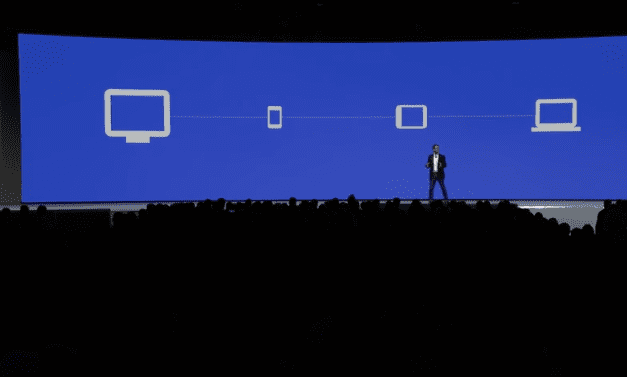
Video and YouTube Ads
If you're a video advertiser this new update might excite you.
"91% of smartphones owners bought or plan to buy something after seeing an ad they say was relevant" - Nicky Rettke - Group Product Manager, Video Ads
There are 1.9 billion monthly YouTube users, which equates to 1 billion hours of video being watched per day. Google has reported seeing a 150% growth in ads conversions last year, with 70% of YouTube campaigns driving a significant lift in in-store sales.
So how are they planning on improving this further for marketers and consumers? There are three new options on YouTube:
- TrueView for reach
- TrueView for action
- Maximize lift bidding
TrueView for reach: Brings together the streaming and simplicity of impression-based buying and can raise awareness through a broad set of customers.
TrueView for action: Optimized to drive conversions on your site. A prominent CTA appears throughout the video (branded banner) and even remains after the video is finished.
Nicky Rettke - Group Product Manager, Video Ads also announced that later this year Google will be rolling out Form Ads for TrueView for action, which will help businesses generate leads. By combining TrueView for action and customer intent audience you will be able to reach audiences with a relevant message, int he moment when they are ready to buy.
Maximise lift bidding: This Machine Learning is to come out later this year. This will help companies reach consumers that are more likely to consider your brand.
Smart Campaigns
A new range of smart campaigns is being introduced for small business owners wishing to drive conversions online and offline. These campaigns consist of automated ads which use Machine Learning to create quick and simple campaigns for all businesses. Smart Campaigns are simple to use for SMEs and have been introduced to save time and focus on the results they care about most.
Smart Shopping Campaigns
Some interesting features of Smart Shopping Campaigns include integrations with Shopify, in order for online retailers to manage Ads within their Shopify dashboard. They are also introducing 2 new business goals:
- Driving store visits
- New customer acquisition.
Local Campaigns
Google search already has features that allow users to search "near me" and have risen dramatically on mobile (as explained previously). Local campaign goals, however, are to drive traffic to stores from ads - yet aren't specifically designed for SMEs. This feature will be available to all within the next few months. But how does this work?
This campaign will report on aggregated data from signed-in Google users who have opted to turn location history on! This is a great way to attribute online marketing advertising with offline visits to better understand what ads drove in-store footfall. Although this technology has been available previously to the biggest brick-and-mortar stores, it made increasingly accessible to all. More news on this will follow soon.
Hotel Campaigns
This campaign will be available within Google Ads so marketers can access these all in the same place. It will group hotels by important attributes to maximize bookings. This will allow travel agents and hotels to connect with travelers at scale.
Download Digital Media Options Cheatsheet
Our Digital media cheat sheet is aimed at helping Smart Insights premium members to keep track of the free and paid media options so that they're not missing out on any of the latest developments.
Access the Latest digital media updates tracker
What's best for your company?
In the simplest way, consider using these new features if:
- You're a small business - Smart Campaigns
- Online retailer - Smart Shopping Campaigns
- Brick and Mortar store and want more footfalls - Local Campaigns
- Travel Industry - Hotel Campaigns
What do you think of these new changes? Tweet us and let us know @SmartInsights.




